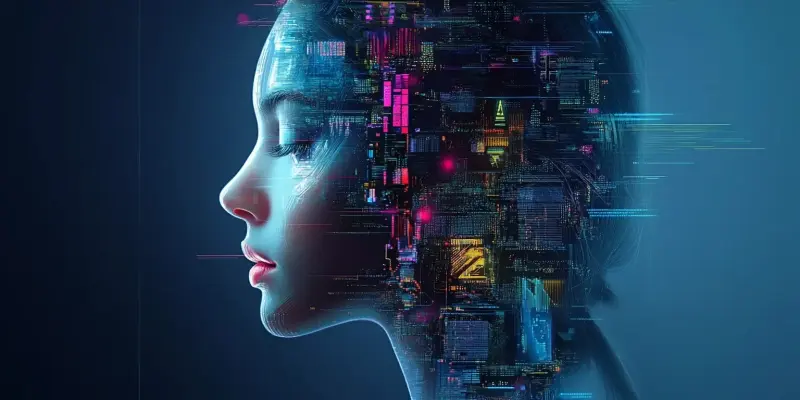The intersection of technology and creativity has seen significant advancements with the introduction of Artificial Intelligence (AI) in the art world. The utilization of AI in generating artwork has sparked considerable debate regarding its authenticity, originality, and legal standing. This analysis examines the evolving market of AI-generated art, its impact on traditional artists, and the changing legal landscape.
Emerging Trends in AI-Generated Artwork
AI has been increasingly integrated into various creative processes, challenging traditional artistic boundaries. Technologies like Generative Adversarial Networks (GANs) and Variational Autoencoders (VAEs) have enabled machines to produce intricate and sophisticated artworks. These algorithms, capable of generating complex images from simple inputs, have revolutionized art creation processes.
The proliferation of AI-generated art reveals a market trend toward innovative and efficient art production. Artists and designers leverage AI tools to expedite the creation process, easily generate multiple iterations, and experiment with new styles. This trend has led to a surge in popularity and acceptance of AI art, both in galleries and online platforms.
However, the fundamental question remains—does AI-generated art possess true originality? A critical examination reveals that while AI replicates patterns and styles from existing datasets, it lacks the unique experiences and emotions that characterize human creativity. This paradox continues to fuel ongoing debates about the authenticity of AI as an artist.
Economic and Cultural Implications
The economic impact of AI in the art sector is multifaceted. On one hand, AI lowers production costs and increases the accessibility of art creation. Artists with limited resources can now produce high-quality artwork, democratizing the creative process. This expanded access broadens the market for both creators and consumers.
The cultural impact is equally significant. While AI offers new possibilities for artistic expression, it also challenges cultural perceptions of what constitutes art. Traditional artists fear that their role may become obsolete as AI continues to enhance its capabilities. However, an emerging trend suggests a hybrid approach where AI acts as a collaborative partner to human artists, blending machine precision with human emotional depth.
This symbiotic relationship between AI and human artists is gaining traction, leading to innovative artworks that incorporate both artificial intelligence and human originality. This hybrid model is seen as a way to balance efficiency with authenticity, preserving the essence of traditional artistry.
Legal and Ethical Considerations
The rise of AI-generated art presents numerous legal challenges, particularly concerning copyright and intellectual property. The current legal framework struggles to keep pace with technological advancements. In many regions, laws are not yet fully equipped to handle the complexities introduced by AI-generated creations.
In the United States, the Copyright Office has ruled that fully autonomous AI-generated works do not qualify for copyright protection unless there is significant human intervention. This stance raises questions about the ownership and rights to AI-generated art, leading to disputes and legal battles. Conversely, some countries offer more flexible approaches, fostering innovation while still grappling with ethical implications.
The lack of a unified global standard complicates the legal landscape, with varying regulations across different jurisdictions. Artists and businesses must navigate these legal discrepancies to protect their creations and ensure fair practices. The evolving legal environment suggests future harmonization of standards to better address the complexities brought by AI in art.
Future Projections and Strategic Insights
Several future trends and projections indicate the continued growth and evolution of AI-generated art. Technological advancements are likely to produce even more sophisticated algorithms, capable of creating highly original works. Economically, the democratization of art creation will continue, enabling more individuals to participate in the creative process.
The regulatory landscape will also evolve, potentially leading to more harmonized global standards for AI-generated works. This evolution aims to address copyright issues and ensure fair treatment for both AI developers and human artists. As legal frameworks catch up with technology, a more balanced approach to regulation is expected.
A future where AI and human artists collaborate seamlessly is on the horizon. This partnership could lead to the emergence of new artistic genres and methods that redefine art’s boundaries. Embracing this collaborative model will require artists to adapt, learning to leverage AI tools while maintaining their unique creative perspectives.
In light of these findings, artists are encouraged to embrace AI as a complementary tool, integrating it into their workflows to enhance creativity and productivity. Businesses should invest in training and staying informed about legal developments to navigate this evolving landscape. Understanding the interplay between technology, creativity, and legal frameworks will ensure a balanced approach to the future of AI-generated art.

